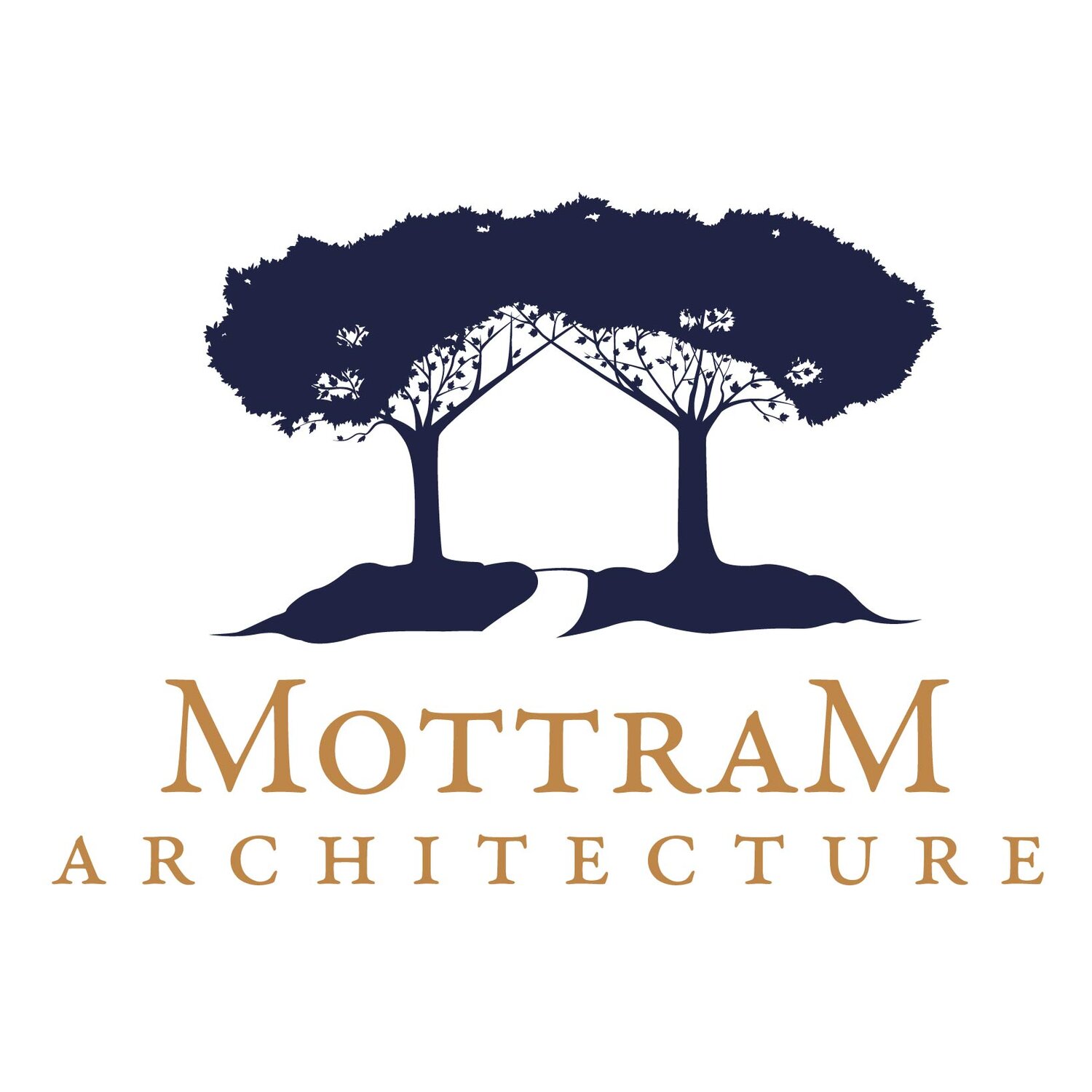At Mottram Architecture we are passionate about promoting and practicing sustainable living and integrated design. Our energy efficient building design approach helps our clients achieve a healthy home and make a positive impact on their community and our environment. There are countless ways you can get involved and become an advocate of energy conservation.What is Net-Zero“A zero-energy building, also known as a net-zero energy building is a building with zero net energy consumption, meaning the total amount of energy used by the building on an annual basis is roughly equal to the amount of renewable energy created on the site.” (by D. Crawley U.S. Department of Energy). These homes do at times use non-renewable energy however it is counterbalanced by the amount of renewable energy used, giving a net balance of zero energy consumption. There are also homes that create a surplus of energy referred to as “Positive Energy Buildings”. Similarly there are homes that are considered “Ultra-Low Energy homes” which consume a marginal amount more than they produce. To achieve this goal the home must: 1. Be designed to use less energy 2. Maximize the use of on-site and renewable energy sources. Building a new home has advantages over retrofitting to reach Net-Zero status. For example an important factor such as building orientation for optimal solar exposure can be designed and planned in the design phase of a new build. All net zero homes start with good design. At Mottram Architecture these are the principles that we use to develop our Net Zero Homes in Maine. Net Zero might be more challenging to achieve through a retrofit, however any energy conscious renovation is guaranteed to make an immediate and obvious difference.How You Can Get InvolvedIf you're interested in renovating your existing home, there are many things you can do to drastically increase the efficiency. An Energy Audit is the best way to understand what your home needs. Here at Mottram Architecture we perform Energy Audits for our clients, as part of all of our renovation work, to pinpoint inefficiencies of the home. The results of the energy audit will prioritize improvements that will have the highest impact on the health and energy consumption of your home. If your just getting introduced to the concept of sustainable living and are interested in some DIY strategies here are some simple, low cost, steps you can take to significantly reduce your energy use.No matter what motivates you, saving money or saving the environment, small changes can have big impacts. If you want to consider Net Zero but need more information, contact us today! We offer a feasibility study that can help get you started by pinpointing what works for your budget, your site, your family and your goals. Start your path to Net-Zero today, you won't be sorry!Resources"Zero Energy Buildings: A Critical Look at the Definition" Paul Torcellini, Shanti Pless, and Michael Deru, National Renewable Energy Laboratory; Drury Crawley, U.S. Department of Energy. National Renewable Energy Laboratory report: NREL/CP-550-39833. June, 2006. http://www.nrel.gov/docs/fy06osti/39833.pdf


